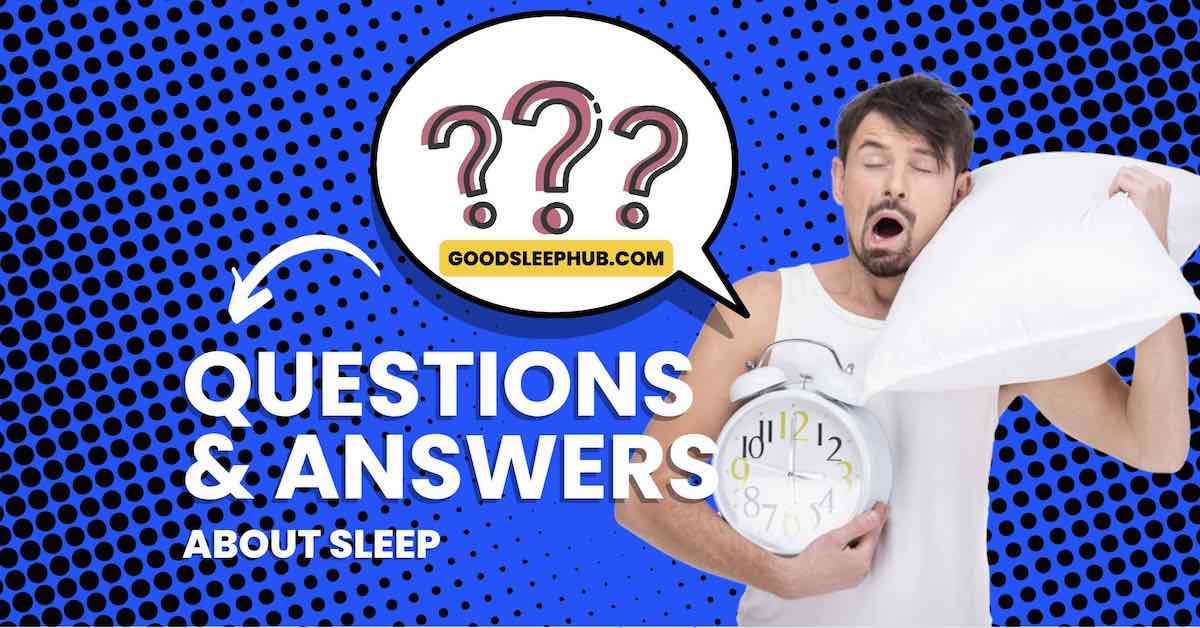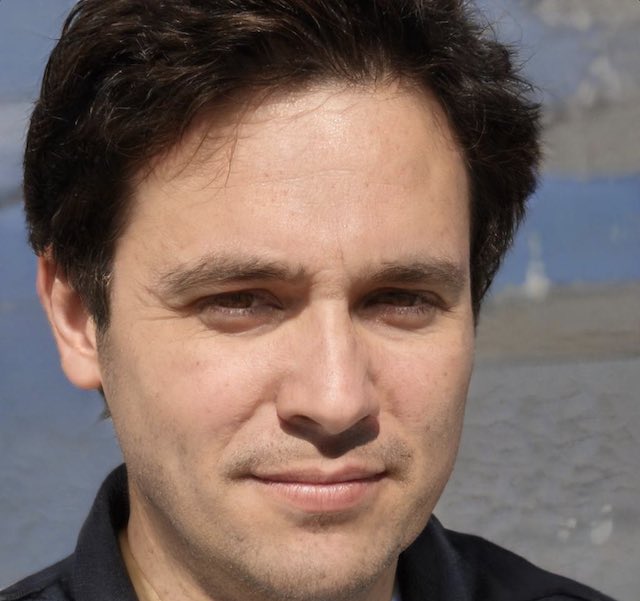
Understanding the Fundamentals of a Sleep Study
Sleep studies, also known as polysomnograms, are comprehensive tests used to diagnose sleep disorders. At its core, a sleep study provides a detailed recording of the various physiological activities during sleep, including brain waves, oxygen levels in the blood, heart rate, breathing, as well as eye and leg movements. Through these measurements, healthcare providers can gain insights into the quality of a patient’s sleep and potentially identify disruptions that can affect health and daily life.
Components Monitored During a Sleep Study
During a sleep study, several key components of sleep are meticulously observed and recorded:
- Electroencephalogram (EEG): This monitors and records brain wave activity, which assists in distinguishing between the various sleep stages. Identifying the sleep stages is crucial for diagnosing certain sleep disorders.
- Electrooculogram (EOG): Eye movements are tracked through this test, which again is useful for determining sleep stages, particularly rapid eye movement (REM) sleep.
- Electromyogram (EMG): This records muscle activity such as face twitches, teeth grinding, and leg movements, which can indicate disorders like periodic limb movement disorder (PLMD).
- Electrocardiogram (EKG or ECG): This measures heart rate and rhythm, as sleep disorders can sometimes have cardiac implications.
- Pulse Oximetry: A sensor is used to measure the oxygen levels in your blood to see if breathing stops or decreases during sleep, which is common in conditions like sleep apnea.
- Respiratory Effort: This includes monitoring chest and belly movements that indicate breathing effort and can reveal episodes of sleep apnea.
- Audiovisual Recording: Sounds during sleep, mainly snoring, are often captured along with a video which may provide additional clues to the presence of sleep disorders.
Diagnosing Common Sleep Disorders
Sleep studies are vital for diagnosing various sleep disorders:
- Sleep Apnea: This disorder, characterized by repeated pauses in breathing during sleep, can lead to reduced oxygen delivery throughout the body. Sleep studies quantify these events to diagnose and determine the severity of sleep apnea.
- Insomnia: While the sleep study itself cannot diagnose insomnia, it can help determine if other disorders are contributing to inability to fall or stay asleep.
- Narcolepsy: By analyzing sleep cycles and particularly REM sleep’s onset, healthcare professionals can detect signs of narcolepsy.
- Restless Legs Syndrome (RLS) and Periodic Limb Movement Disorder (PLMD): The EMG component is helpful in identifying frequent leg movements that disrupt sleep and could point to RLS or PLMD.
Different Types of Sleep Studies
Several types of sleep studies cater to different needs and conditions:
- Polysomnography (PSG): Conducted in a sleep lab, this is the standard overnight study that captures the entire scope of bodily functions during sleep.
- Home Sleep Apnea Testing (HSAT): This is a simplified version of the polysomnography, focused primarily on diagnosing obstructive sleep apnea and can be done at home.
- Multiple Sleep Latency Test (MSLT): This daytime test measures how quickly you fall asleep in a quiet environment during the day and is often used to diagnose narcolepsy and hypersomnia.
- Maintenance of Wakefulness Test (MWT): This test measures how well you can stay awake during a time when you are normally awake, and is used to assess the effectiveness of sleep disorder treatments.
Patient Experience During a Sleep Study
For those who partake in a sleep study, understanding what the experience involves may alleviate some concerns:
- Preparation: Patients are usually advised to follow their regular daily routine but avoid caffeine and naps beforehand.
- Setup: Upon arrival at the sleep center, technicians will attach sensors to the patient’s scalp, temples, chest, and limbs using adhesive.
- During the Study: Patients are encouraged to sleep as they normally would, despite being in a different environment with sensors attached.
- Completion: In the morning, the sensors are removed, and patients can resume their typical daily activities.
Light sleepers and those with a mild level of discomfort might find these aspects challenging, but most patients adjust quickly and are able to sleep sufficiently for accurate data gathering.
Interpreting the Results of a Sleep Study
Once the data is collected, sleep specialists analyze the results to identify any abnormalities or indicators of a sleep disorder. The data is usually summarized in an index that provides a snapshot of the study’s findings, for example, the Apnea-Hypopnea Index (AHI) for sleep apnea. These results are then reviewed with the patient’s healthcare provider to form a diagnosis and design a treatment plan.
Finishing Thoughts
A sleep study is an intricate and invaluable diagnostic tool in the world of sleep medicine. By scrutinizing the body’s performance during sleep, these comprehensive tests not only unveil various sleep disorders but also pave the way for effective treatments. Understanding what a sleep study entails, the conditions it can diagnose, and the experiences one might have during the test can prepare individuals for this step towards better sleep health. Collaboration between the patient, healthcare providers, and sleep specialists following a sleep study is key to addressing sleep-related issues and improving overall well-being.



